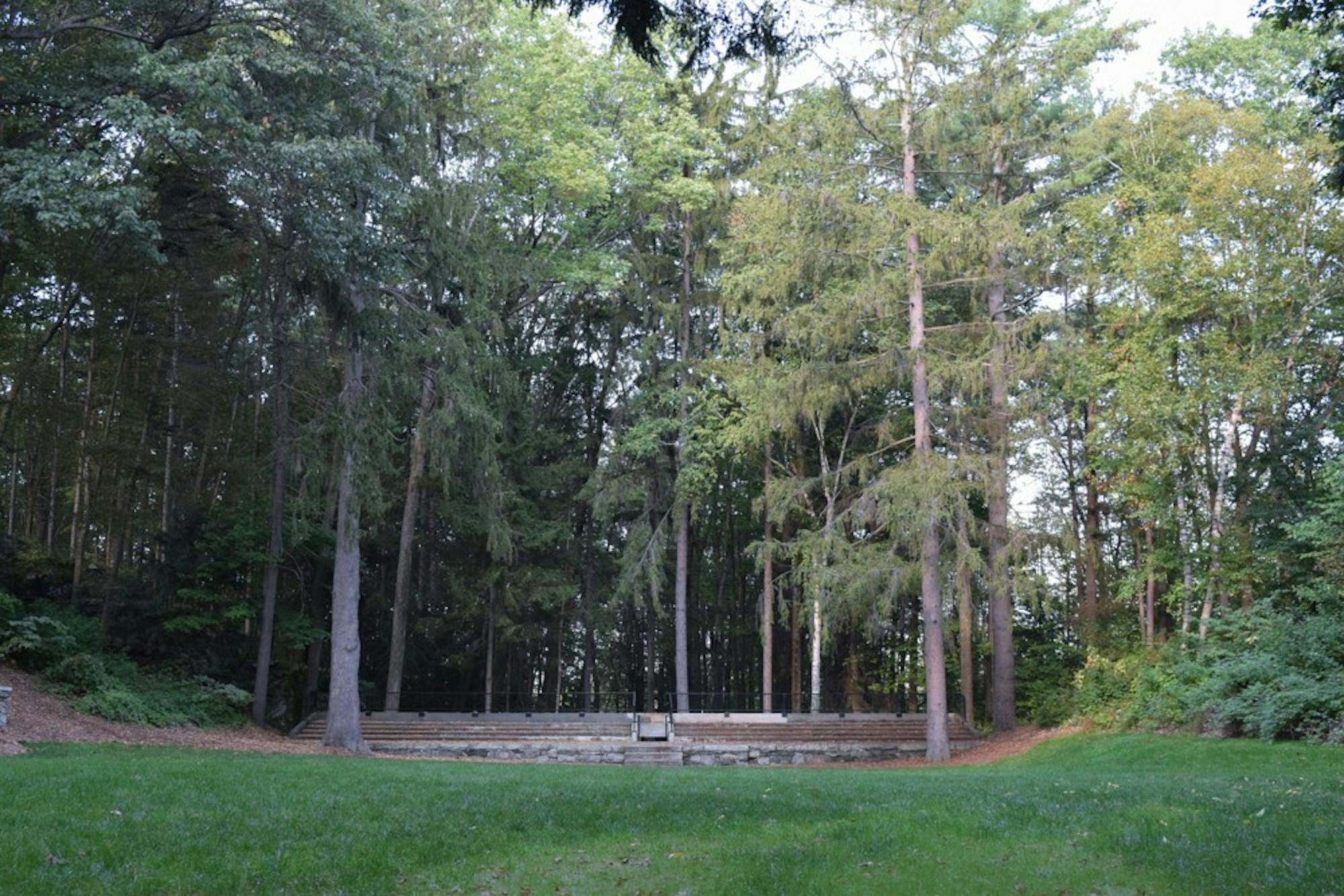The College is studying the possibility of adding additional residence halls in a portion of College Park, a largely underutilized 35-acre green space east of central campus. The park is home to several monuments and iconic structures such as Bartlett Tower, a statue of Robert Frost, Bema and Shattuck Observatory. The plan stems from concerns about the long-term sustainability of the College’s student housing amid recent student-body size increases.
While housing has been a source of concern since the unexpectedly high yield of the Class of 2021, the housing shortage on campus has been a consistent issue in the College’s history. A previous housing shortage was the impetus for adopting the D-plan.
“When Dartmouth went coed back in the ’70s, one of the ways [sufficient housing] got accomplished without building new residence halls was to go to the D-plan and have people year-round,” executive vice president Rick Mills said. “It was sort of a way to get more people onto the campus without adding beds.”
Additionally, the College is seriously considering upgrading older dorm clusters, associate dean of residential life and director of residential education Michael Wooten said. The Choates and River clusters in particular have been identified as needing renovations, Wooten said. While the residence halls in these two locations are technically up to safety code for the time that they were built, the College’s goal is to bring them up to today’s code, update their heating and reassess their lighting and energy efficiency and potentially add air conditioning, Hanover director of planning and zoning Rob Houseman said.
However, it is also a priority to renovate these residence halls to improve the experience of residents living there, Mills said, adding that the College hopes to mitigate the inequality of housing on campus. With the addition of the McLaughlin cluster and the renovation of Morton Hall after its fire, Mills said the disparity in housing quality became starker.
Mills noted that some people have reacted with concern about preserving the natural space and beauty of College Park, but the College maintains that the area is the only viable place for development and that the monuments will be appropriately preserved, according to an email statement by College spokesperson Diana Lawrence.
“We are focused on the western edge of College Park because it is in the interior part of the campus, immediately adjacent to other residence halls (Ripley, Woodward, Smith, the Fayerweathers, Richardson and Wheeler), and it is the only available site with the necessary capacity,” Lawrence wrote. “If we decide to move forward, the Bema, Bartlett Tower and the special character of the park would be preserved.”
Mills noted that the College is considering expanding the student body by up to 25 percent in the future, and the development of College Park may provide an opportunity for this. This possible expansion is being studied by a task force headed by Rebecca Biron, dean of the College, and Elizabeth Smith, dean of the faculty of arts and sciences, who will report back to College trustees about how expansion’s possible impact and implementation, Mills said.
Wooten said renovating College Park and the potential student body expansion are separate issues. He added that a new residence hall on campus was necessary regardless of the prospect of increased enrollment.
“Our work of building a new residence hall began before this project,” Wooten said. “These are not interrelated projects.”
Mills added that if the Trustees decide to eliminate the Choates or River Cluster altogether, student body expansion would require development well beyond College Park.




